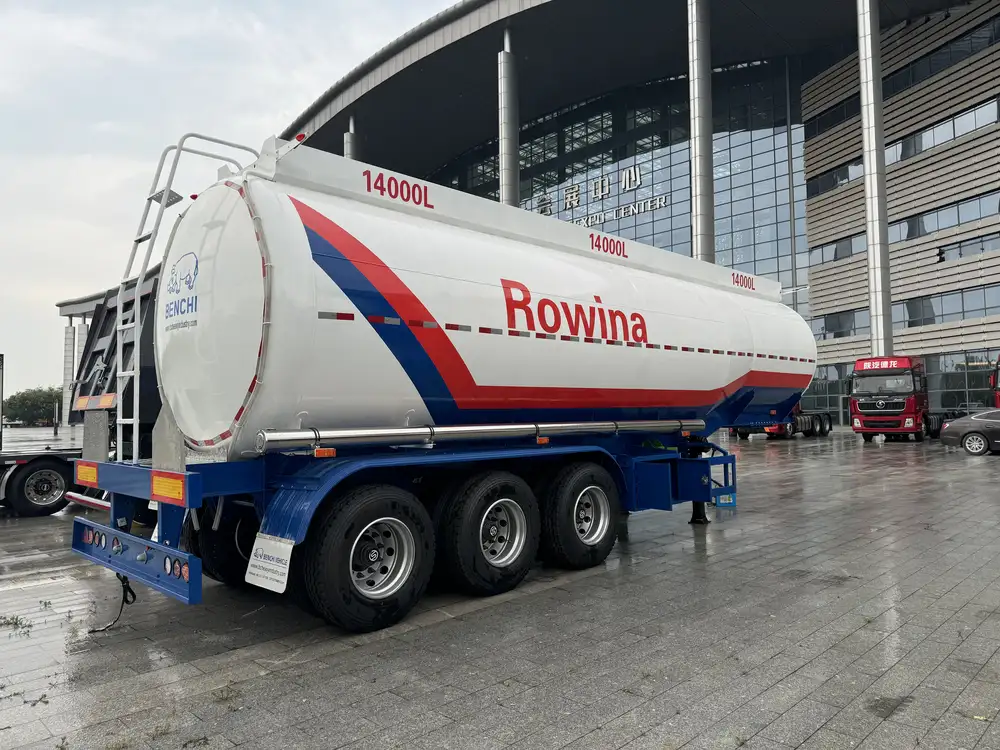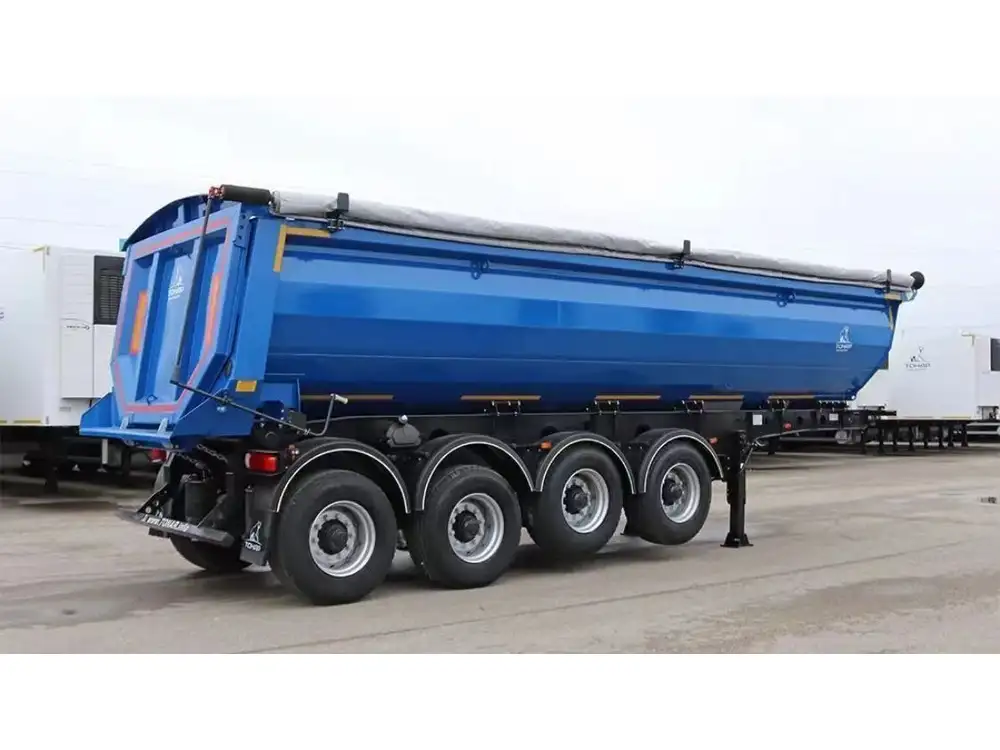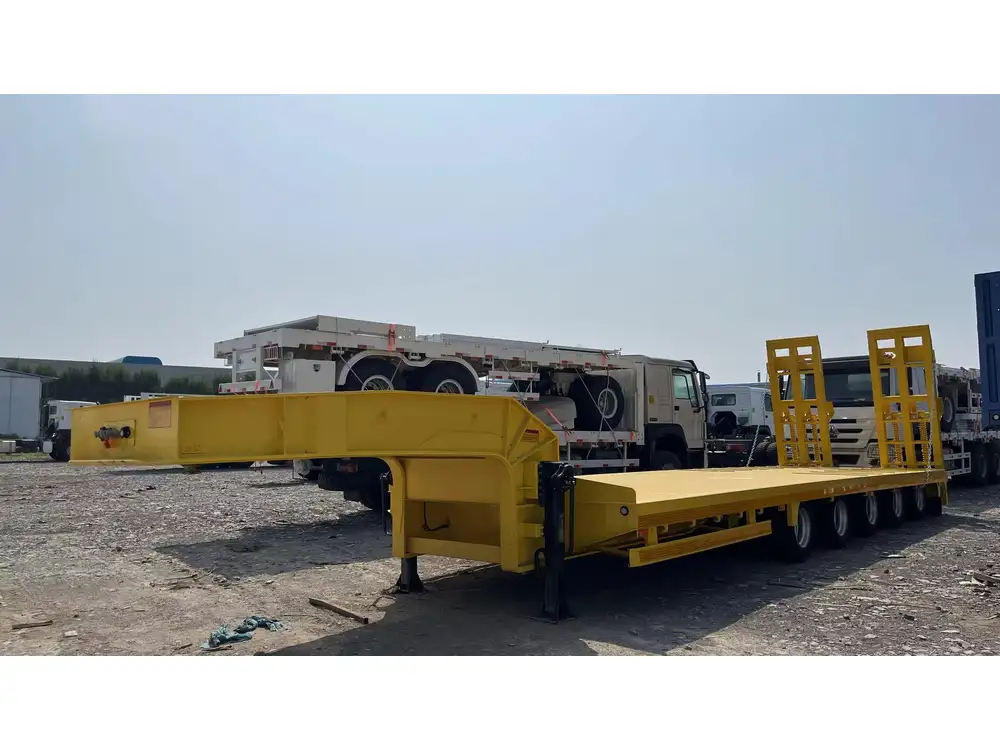Travel trailers offer a unique blend of adventure and convenience, allowing us to explore new landscapes while bringing the comforts of home along for the journey. However, responsible usage of these vehicles often involves some maintenance, including the routine task of dumping tanks. Understanding how to dump tanks on a travel trailer is essential for maintaining hygiene and ensuring your adventures remain enjoyable. This comprehensive guide will walk you through the necessary steps, offer valuable tips, and identify common pitfalls to avoid.
Understanding Your Travel Trailer’s Waste Tanks
Before delving into the mechanics of dumping, it’s crucial to understand the different tanks within your travel trailer:
| Tank | Purpose | Capacity |
|---|---|---|
| Fresh Water | Supplies clean water for consumption and use | Varies (20-100 gallons) |
| Grey Water | Collects wastewater from sinks and showers | Varies (25-45 gallons) |
| Black Water | Holds sewage from the toilet | Varies (25-40 gallons) |
Knowing the purpose and capacity of each tank allows you to manage your usage effectively and prepare for the dumping process.
Preparing for the Dumping Process
Preparation is key to a smooth dumping process. Here’s how to set yourself up for success:

1. Gather Your Supplies
Before you begin, it’s essential to have all necessary supplies at hand. This will make the process more efficient and less stressful. Required items include:
- Sewage Hose: A heavy-duty, collapsible hose designed for dumping purposes.
- Sewage Hose Support: Helps keep the hose elevated to avoid clogs.
- Gloves: To maintain hygiene while handling waste.
- Hose Caps: For sealing the end of the sewage hose when not in use.
- Waste Water Treatment Chemicals: For reducing odors and breaking down waste.
2. Locate the Dump Station
Identifying a suitable dump station is critical. Many campgrounds, RV parks, and rest areas offer dumping facilities. Look for:
- Accessibility: Ensure there’s enough space for your trailer.
- Instructions: Follow posted guidelines for use.
- Compatible Connections: Make sure the fitting on the dump station matches your hose.
Step-by-Step Guide to Dumping Tanks
Once you’re prepared, follow these steps to safely dump the tanks on your travel trailer:

Step 1: Prepare the Site
Position the travel trailer as close as possible to the dumping station. Turn off your tank valves and ensure that all equipment is ready.
Step 2: Dump the Black Water Tank First
This is the most critical step, as the black water tank contains sewage. Follow these steps:
- Attach the Hose: Securely connect the sewage hose to the black water tank valve.
- Open the Valve: Gradually open the valve, allowing the waste to flow into the dump station.
- Monitor the Flow: Keep an eye on the outflow to ensure it runs smoothly and that there are no clogs.
- Flush the Tank: After the tank is emptied, consider using a tank flush. Many trailers are equipped with a built-in flush system. If not, you can carefully introduce fresh water into the black tank via the toilet to help clean it out.
Step 3: Dump the Grey Water Tank
Once the black water tank is empty, it’s time to dump the grey water:
- Switch Hoses if Necessary: Depending on your setup, you might need to switch hoses. It’s advisable to use a separate hose to prevent contamination.
- Attach the Hose: Connect the hose to the grey water tank valve.
- Open the Valve: Allow the grey water to flow into the dump station. This water typically contains soap and food particles, which can help wash out residual waste.

Step 4: Clean Up
Cleaning your equipment is just as vital as the dumping process itself. Here’s how to do it properly:
- Rinse the Hoses: Use clean water to rinse out the sewage hoses before removing them.
- Store Your Hose Properly: Ensure the sewage hoses are clean, dry, and properly stored to prevent cross-contamination.
Common Pitfalls and How to Avoid Them
While the process might seem straightforward, certain pitfalls can complicate matters. Here are some common mistakes and how to avoid them:
Ignoring Tank Level Indicators:
- Always pay attention to your tank levels. Ignoring full tanks can lead to overflows and spills.
Not Using the Right Hose:
- Ensure you have a dedicated sewage hose. Using regular garden hoses can lead to contamination.
Neglecting Regular Maintenance:
- Regularly flush and maintain your tanks with proper chemicals to prevent build-up and odor.
Forgetting Personal Hygiene:
- Always wear gloves and wash your hands thoroughly after performing any dumping duties.
Improper Storage of Equipment:
- Store your sewage hose separately from the fresh water and kitchen items to avoid cross-contamination.
Best Practices for Tank Maintenance
Maintaining the efficiency and longevity of your tanks goes beyond just the dumping process. Implementing best practices can lead to a more enjoyable RV experience. Consider the following:

1. Regularly Check Tank Levels
Make it a habit to regularly check the levels of your tanks. This will help you plan your trips and avoid being caught off guard by full tanks during your travels.
2. Use the Right Chemicals
Invest in high-quality chemicals designed for RV waste systems. These products help break down waste, reduce odors, and keep your tanks cleaner. Avoid using regular household cleaners, as they may disrupt the breakdown process.
3. Perform Periodic Tank Flushes
Flushing your tanks periodically—every few trips or depending on usage—can help maintain hygiene and function. This involves filling the tanks with clean water and allowing it to drain to eliminate residual waste.
| Maintenance Task | Frequency | Notes |
|---|---|---|
| Check Tank Levels | Before each trip | Plan dumps accordingly to avoid overflows. |
| Add Treatment Chemicals | Every dump | Helps with decomposition and odor control. |
| Flush Tanks | Every 2-3 trips | Reduces buildup and ensures optimal tank health. |

4. Keep Your Environment in Mind
Always consider the environment when dumping. Use designated dump stations and avoid dumping in unauthorized areas, as this can lead to pollution and hefty fines.
Conclusion
Mastering the art of tank dumping on a travel trailer is an essential skill that enhances your overall RV experience. By preparing adequately, following the proper procedure, and adopting regular maintenance practices, you can ensure a hassle-free and hygienic adventure every time.
As you embark on your travels, continue learning about your travel trailer and its systems. Your willingness to adapt and maintain your equipment will ultimately translate to a more enjoyable journey. Happy trails!



